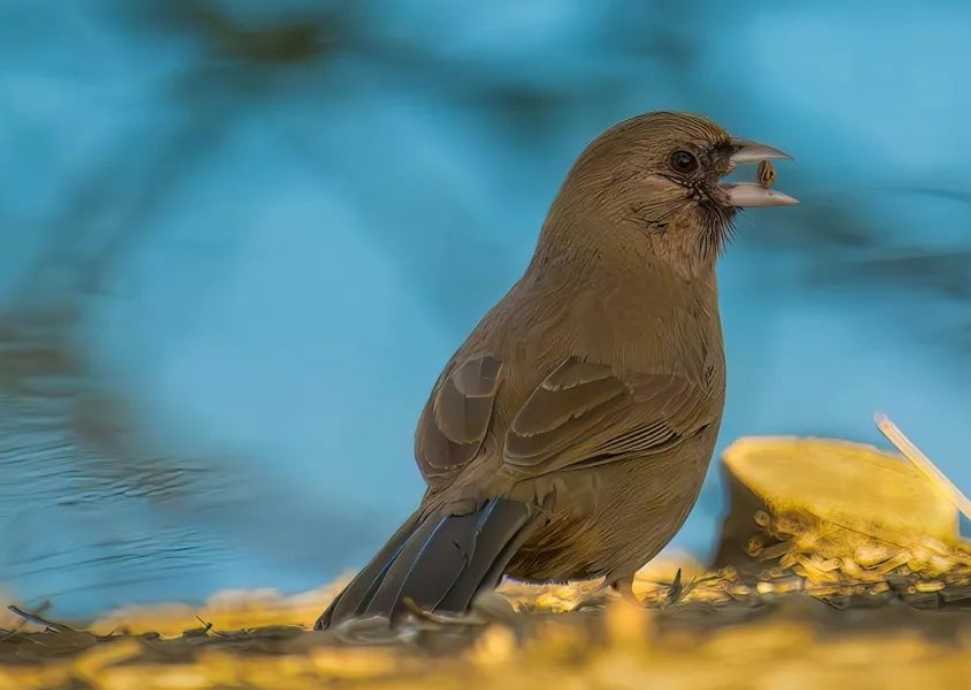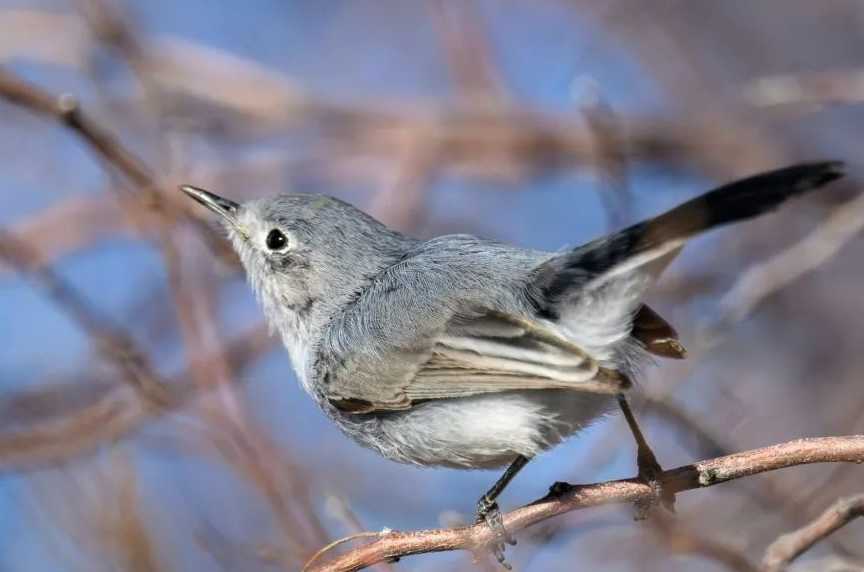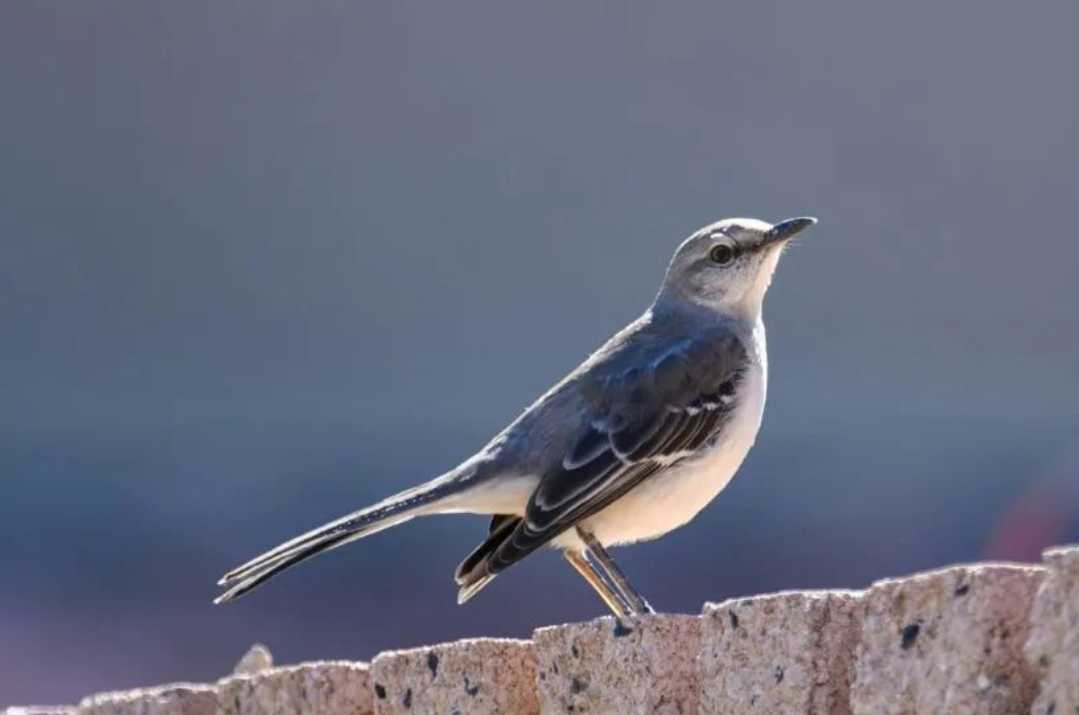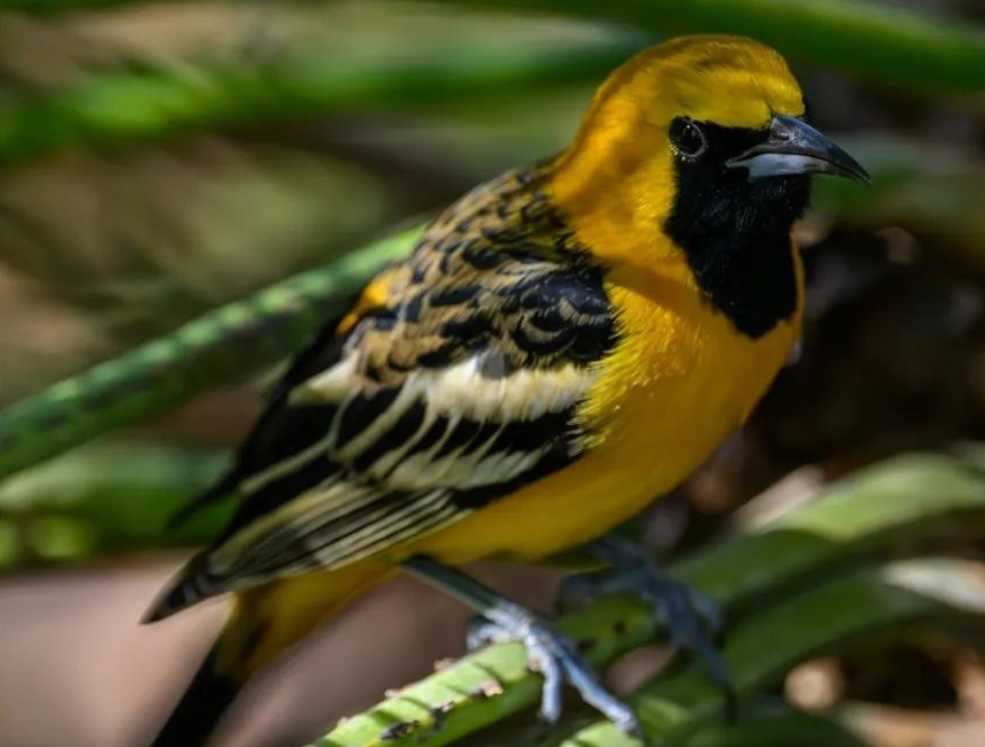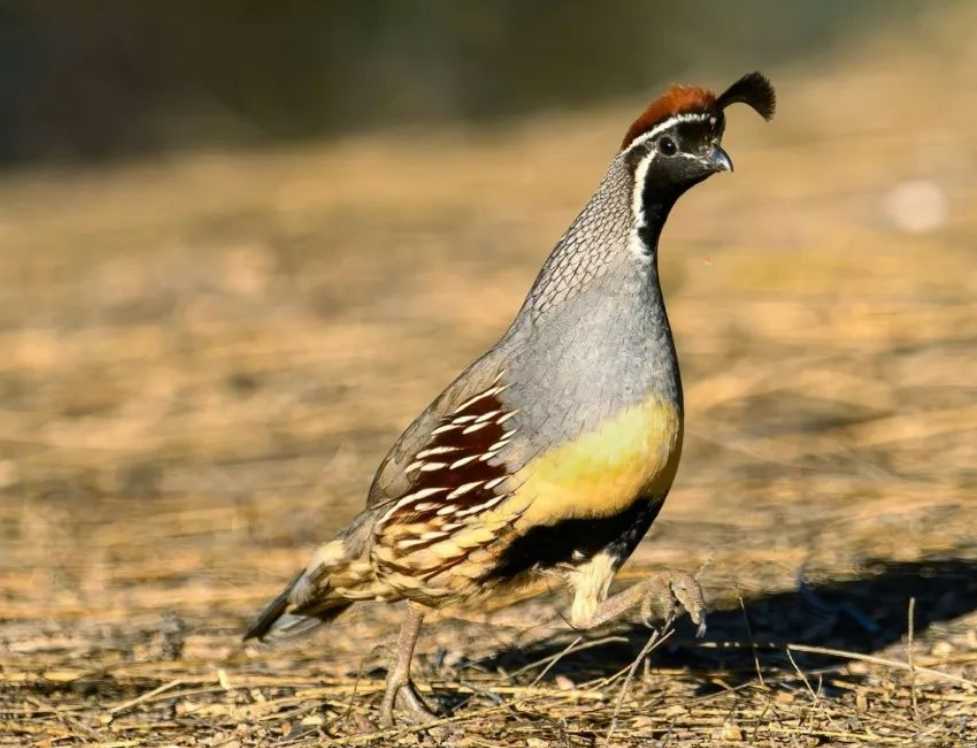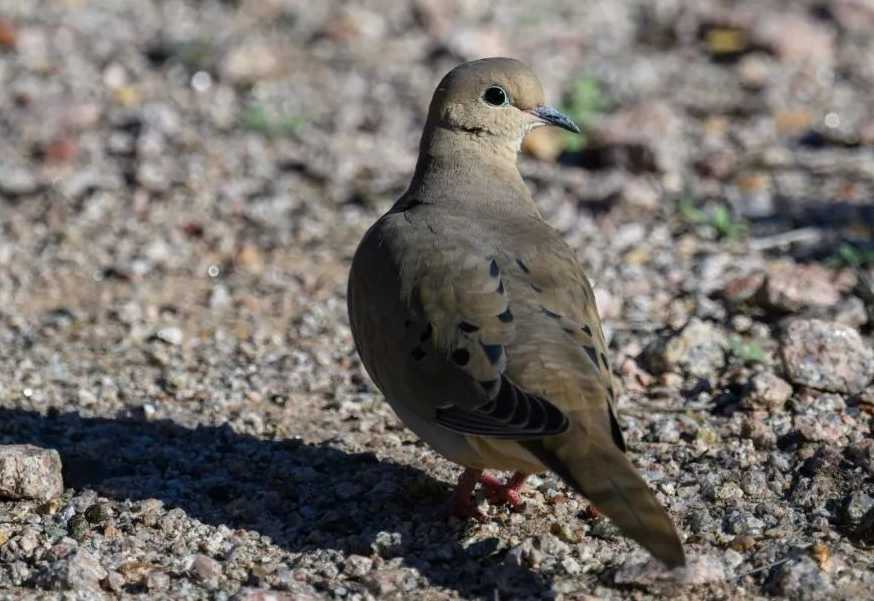The Red - Bellied Towhee (Pipilo erythrophthalmus) is a captivating songbird that inhabits the woodlands and thickets of North America. With its vibrant plumage and distinctive vocalizations, it has become a notable species among bird enthusiasts and nature observers.
The Striking Red - Bellied Towhee: A Songbird of North American Woodlands
The Red - Bellied Towhee (Pipilo erythrophthalmus) is a captivating songbird that inhabits the woodlands and thickets of North America. With its vibrant plumage and distinctive vocalizations, it has become a notable species among bird enthusiasts and nature observers.
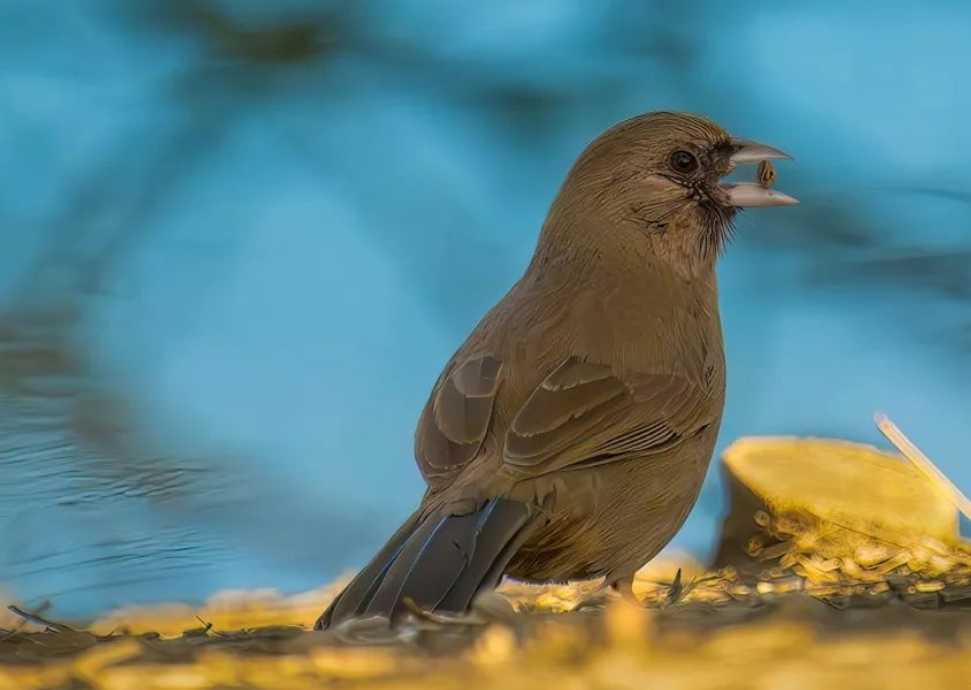
Source: Images from the Internet, if there is any infringement, please contact the removal of
Measuring around 18 - 22 centimeters in length, the Red - Bellied Towhee presents a bold and colorful appearance. Males feature a rich, rusty - red plumage on their sides and underparts, which gives the bird its name. Their backs are a deep brown, while their heads are black with a striking white throat. A pair of bright red eyes adds a vivid contrast to their overall look. Females, although similar in pattern, have more muted colors, with brownish - gray replacing the male’s black on the head and a paler red on the belly. Their sturdy, conical bills are well - adapted for scratching through leaf litter in search of food.
These towhees are commonly found in dense shrubs, forest edges, and overgrown fields across the eastern and central United States, as well as parts of southern Canada. They prefer habitats with ample ground cover, such as thickets of blackberry bushes or areas with fallen leaves. Their diet primarily consists of seeds, berries, and insects. They use a characteristic “double - scratching” behavior, hopping backward with both feet simultaneously to stir up leaf litter and expose hidden food sources. During the breeding season, male Red - Bellied Towhees sing a distinctive song, a series of clear, whistled notes often described as “drink your tea,” to establish territory and attract mates.
Red - Bellied Towhees build their nests on or near the ground, nestled within the protection of dense vegetation. Females construct cup - shaped nests using twigs, grass, and leaves, which they line with softer materials like fine roots and hair. A clutch typically consists of 3 - 4 eggs, which the female incubates for about 12 - 14 days. Both parents then share the responsibility of feeding the chicks until they fledge. Despite facing some threats from habitat loss due to urbanization and deforestation, the Red - Bellied Towhee remains a relatively common species. Its adaptability to human - altered landscapes, such as suburban gardens and parks, has helped maintain its population, ensuring that its beautiful plumage and melodious song continue to enrich North America’s natural soundscape.

